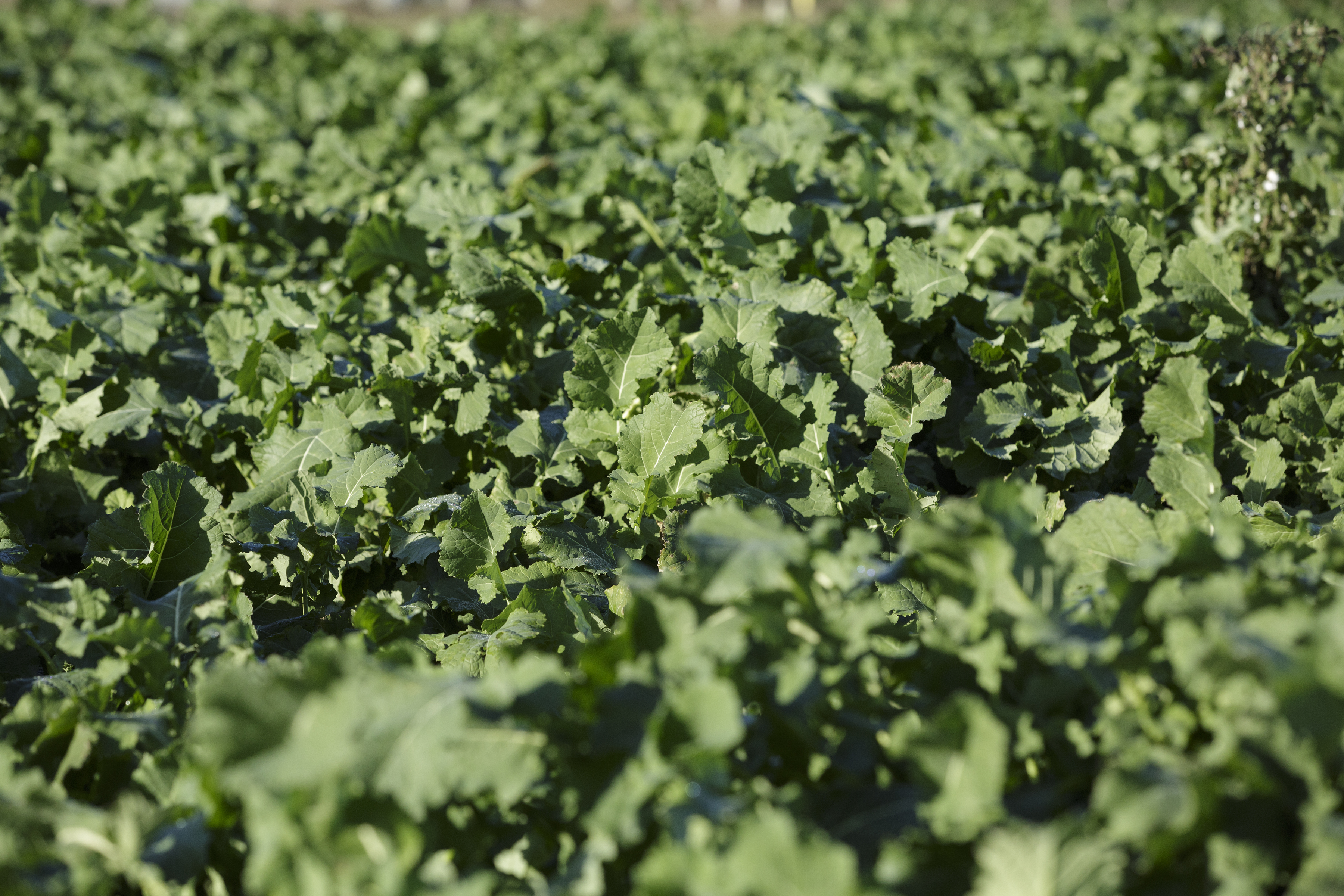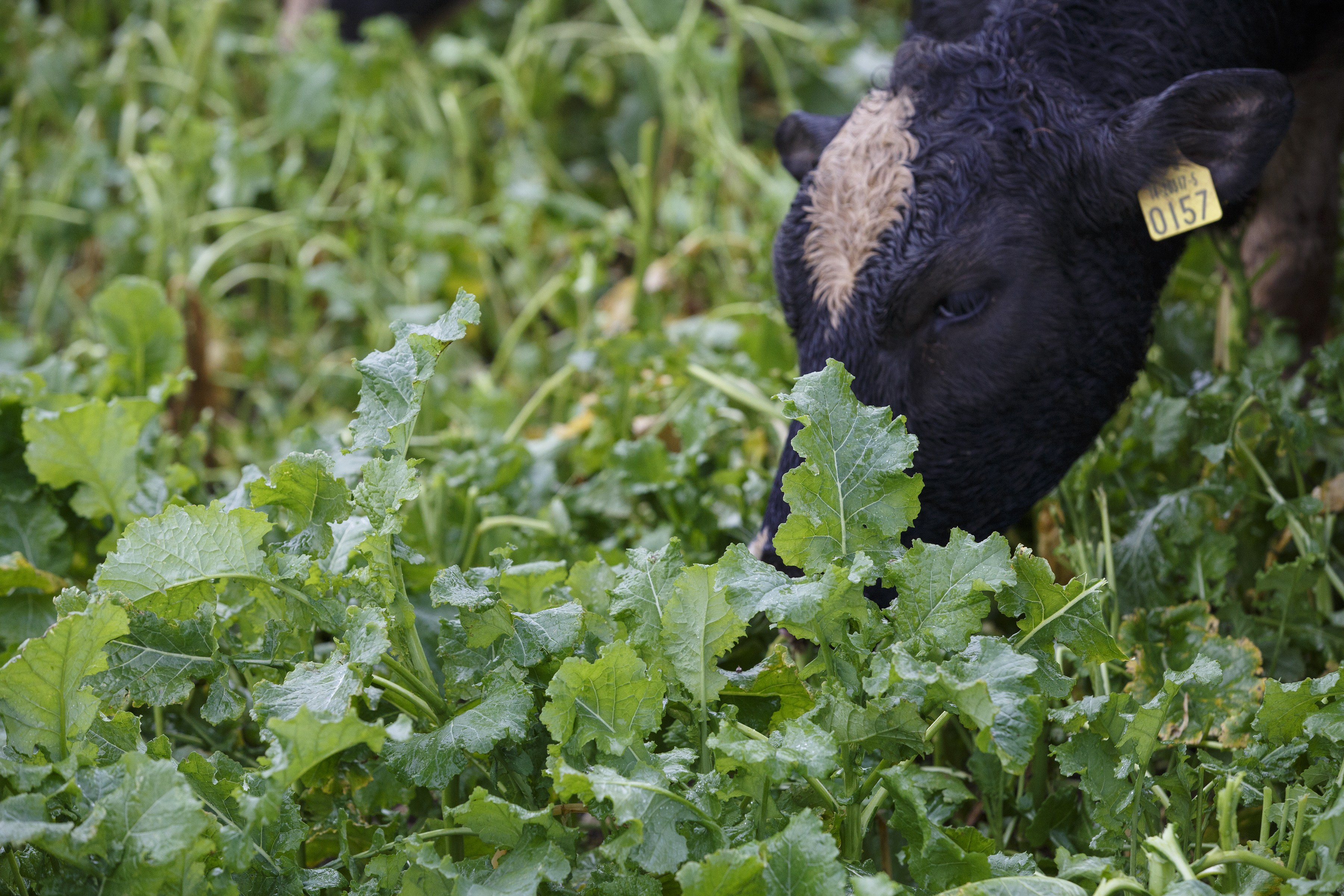John began growing Maris Kestrel kale in 2012 as a solution for his limited shed space. The use of forage crops along with silage in the feeding strategy has provided the O’Dwyers with the ability to out-winter stock.
This strategy also helps John work towards his goal of heifers continuing to reach their target weights. “Although this year presented us with difficult conditions, animals thrived on the kale and it didn’t affect their performance,” remarked John.
Sowing Maris Kestrel kale seed
The Maris Kestrel kale seed was sown on 15 May on 9 acres of heavy black type soil, which is made up of two-thirds good clay and one-third peat. Grass was sprayed, then disked twice and harrowed.
Stock began grazing on 1 October and was introduced with silage to 30 yearlings out early, followed by another 20 head of stock on 1 November and grazing continued until 15 January. Animals were then ready to be let out onto grass with no requirement for a transitional period.

The wet year did not affect the crop and stock were fed extra silage to compensate for the wet weather. Upon grazing commencing, the animals were given a number of blocks to begin with and then move the wire 4 ft per day. On wet days, John moved the wire twice in one day to prevent the wastage of the forage crop.
The O’Dwyers averaged 10 t DM/ha of kale on dry land. John feels that Maris Kestrel kale is a very palatable crop and as a result gives excellent animal performance.
“Despite the ground conditions, the appetite was still there, and the crop remained palatable,” says John. The O’Dwyers sow on average 6 acres of kale per year for a 3.5-month utilisation period.

Fitting perfectly into the O’Dwyers reseeding plan, once Maris Kestrel kale has been fully grazed off it leaves a clean bed for grass seeds, making it the perfect crop prior to reseeding.
